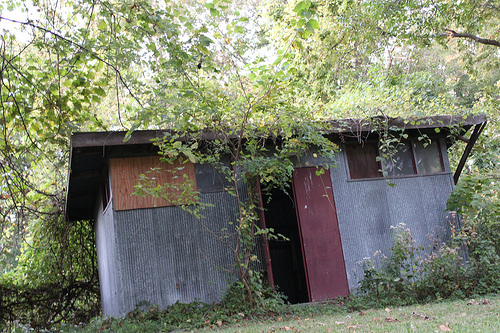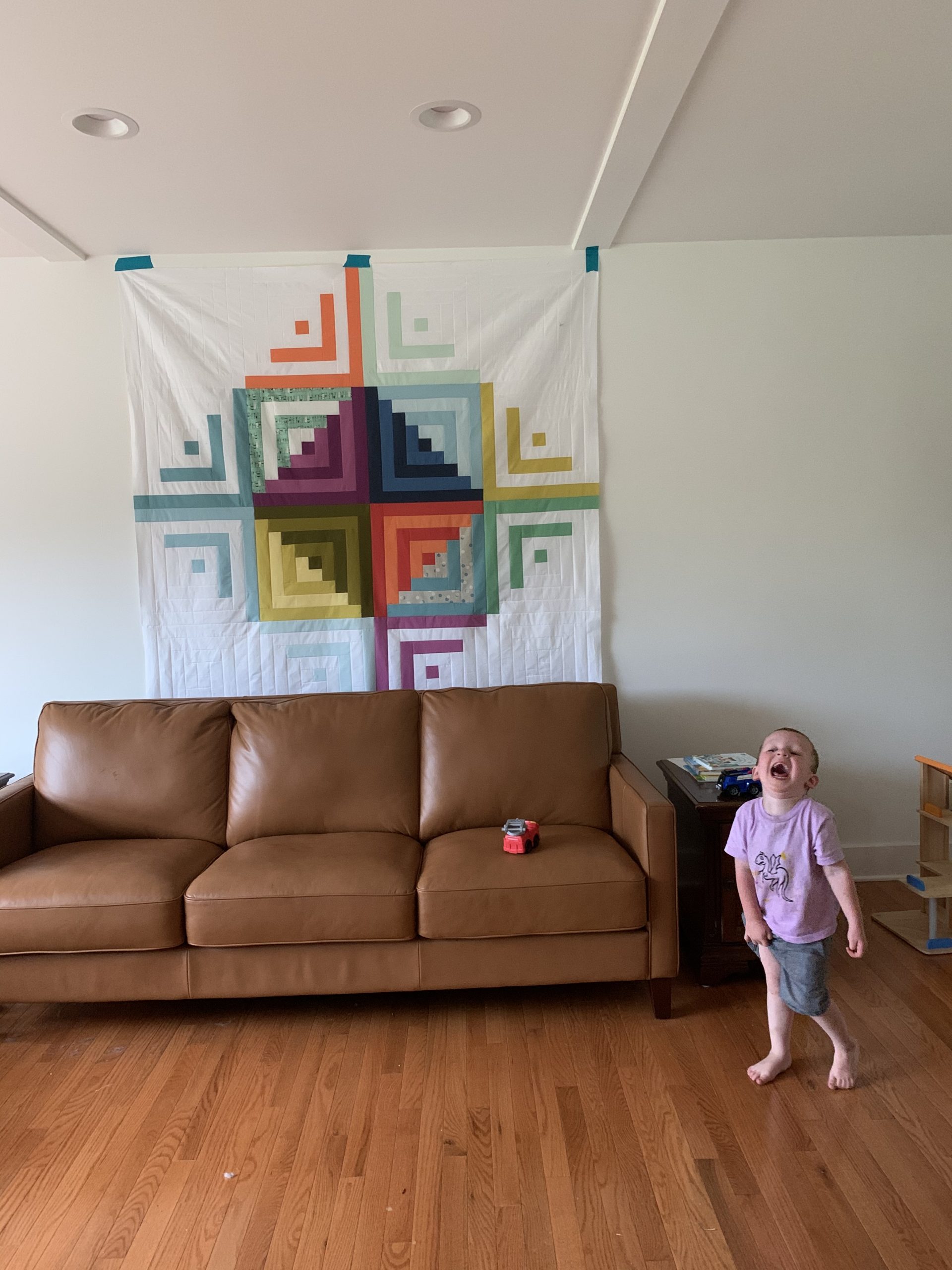I'm really pumped to be teaching at Quilt Con in February! SOFT CRITICISM - space…

wabi sabi
If you’ve been here long, you’ll know I find this concept fascinating and helpful as I think about my quilts. Whole Living has an article on Wabi Sabi this month (thanks to Pat Sloan for pointing this out!) Luckily, the text is available online (click here).
I don’t agree with everything that Roberts says. As one commenter on the article wrote, the article has some half-truths and misunderstandings, such as when Roberts suggests that failing to clean up after her child is wabi sabi. The commenter says, “clean the fingerprints and, as you do, appreciate the uneven texture of the wall. Then you will be practicing wabi sabi. Leave the dirt on your wall and you are simply making an excuse for laziness.” I agree.
Also, Roberts’s assertion that, “Nothing about nature is linear or symmetrical or impervious to decay,” makes me think she failed a lot of science classes.
Regardless, it is an interesting read.
This Post Has 8 Comments
Comments are closed.




I wonder if you've ever been to Japan, Rossie? If you ever do go, please go to Kobe, Kyoto and Nara. Those are some of my favorite spots.
I remember having a conversation with some of my Japanese students (I taught English for 2 years in Kobe) about Wabi Sabi. It really is true: it's more of a feeling. After living in Japan I can remember what Wabi Sabi looks, feels, smells and tastes like, but I'd have a really difficult time telling you about it.
Hi Rossie
I sort of agree with you. I think though that intention has something to do with Wabi Sabi too.If one were to leave the fingerprints because one is too lazy or tired then that would not be Wabi Sabi. If one were to leave them because they represent the flow of time in a small life then that would be different. I think Wabi Sabi is not always apparent to the onlooker sometimes it can only be apparent to the participator.
Yeah, it's not wabi sabi, but decay can be beautiful. Sometimes, it's more of a melancholy or depressing decay. It's an eerie beauty I see a lot up here in Maine.
I agree with most of what you have to say up there. 😀
Perhaps the shed itself is not wabi sabi, but your interest in it enough to take a picture and thus deepen the story and promote its inner beauty is wabi sabi. As if I actually know what that means, but I think I get the jist. Best to you.
Thanks for the post, Rossie. I'd never heard of this term before, but reading about it was very interesting. It almost perfectly (ha-ha) describes what I try to achieve & appreciate in my quilts.
Jess
Urban Patchwork
I'd love to see your reading list.. i want to read up on this as I'm become quite fascinated with it!
Thanks for this–just put a hold on these books at my local library. So interested in this concept, am particularly intrested in your riffs on it–that whole laziness vs. imperfection bit. Great stuff to chew on. I am a huge proponent of imperfection, but I'm not for sloppy–just for acceptance of what we really can pull off at whatever maker's skill level our hands will agree to at the moment. Thanks, too, for the process pledge. 100% good stuff.
[…] the various corners. The sashings are of unequal width, which is why the rainbow bits look wabi sabi. I also made the borders of unequal widths. These were intentional choices, but […]